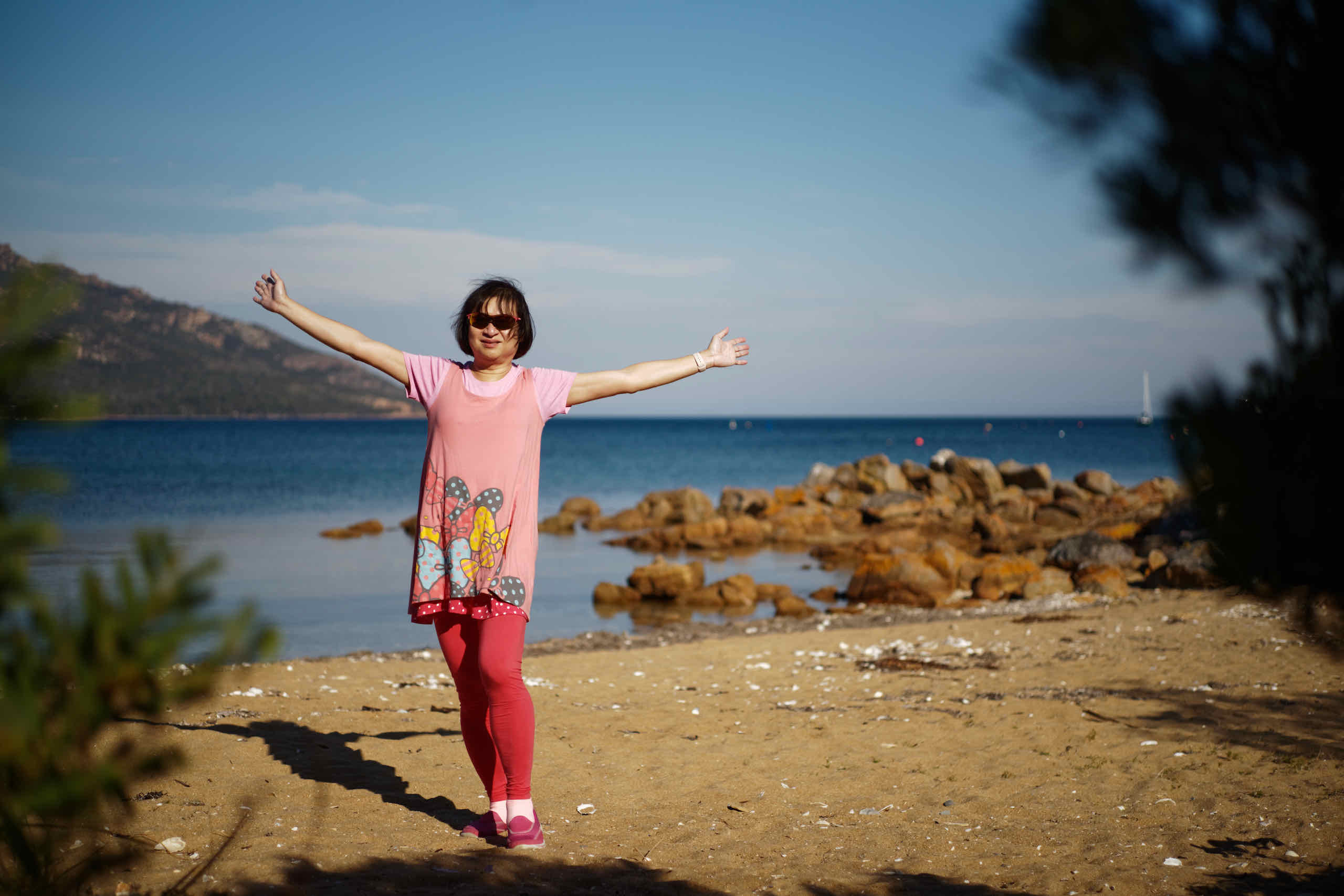
Teramachi literally means "Temple town" and it is a street full of ... temples. There's an amazing variety of temples here.
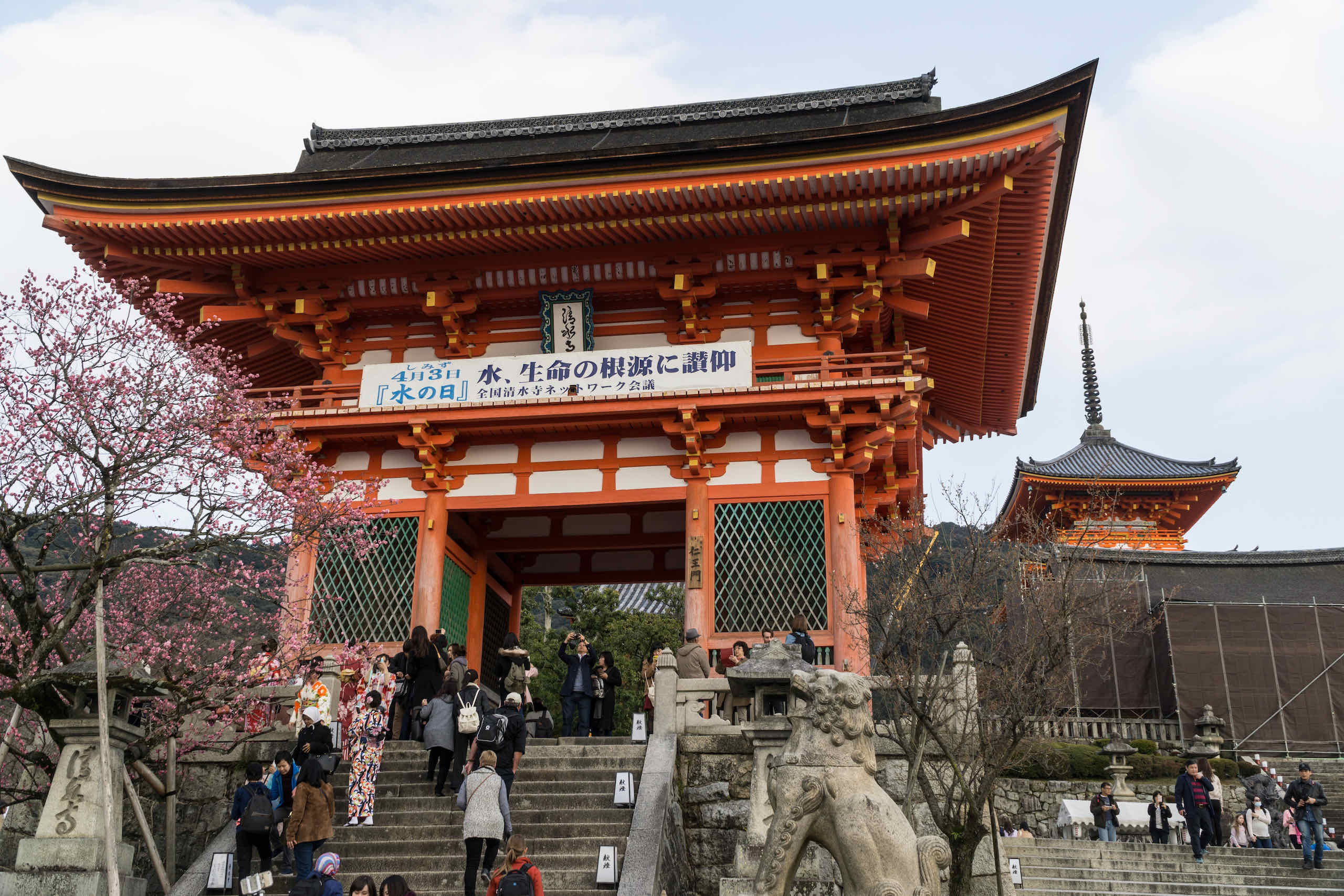
Otowa-san Kiyomizu-dera (音羽山清水寺), is a Buddhist temple and part of the Historic Monuments of Ancient Kyoto UNESCO World Heritage site.
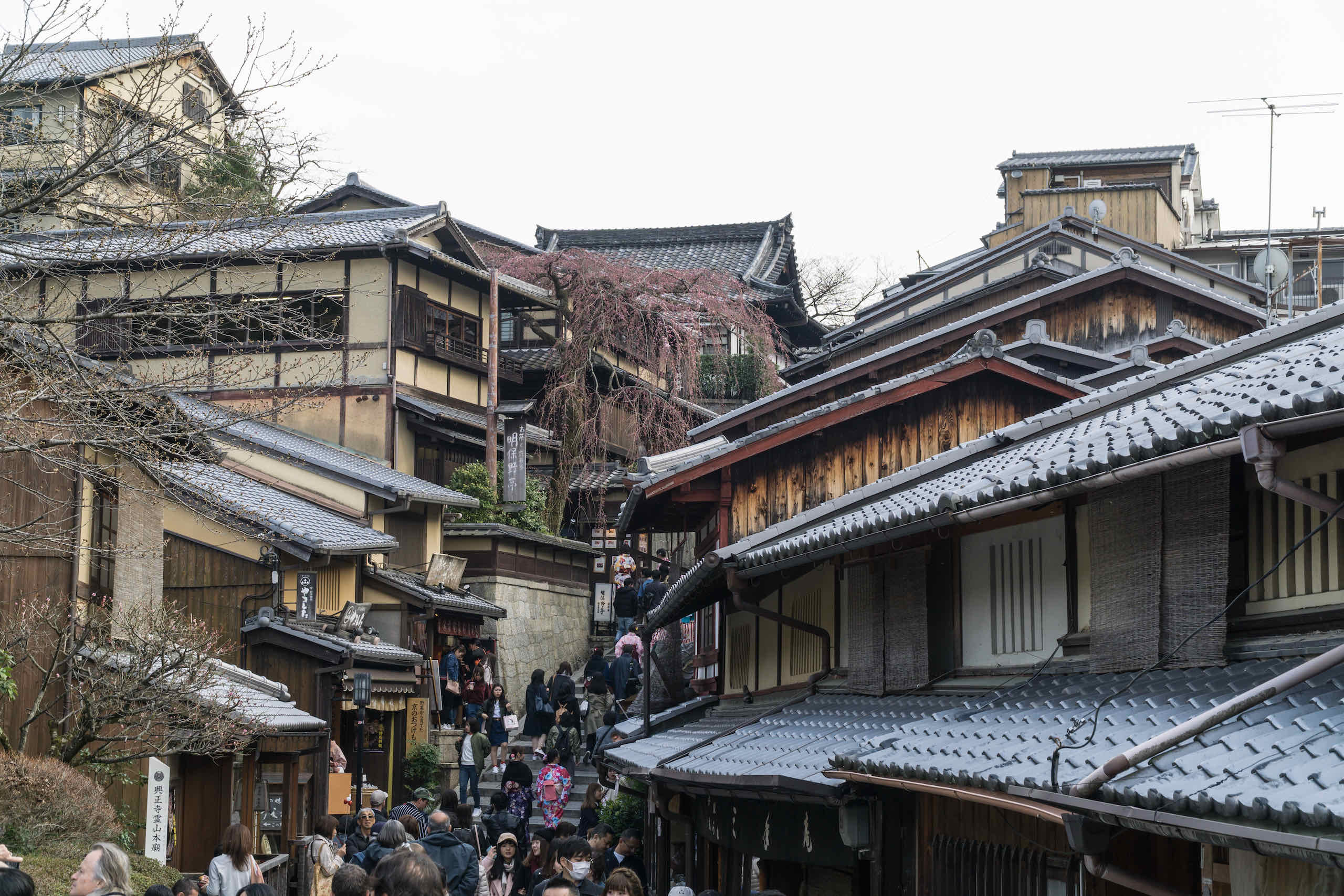
We walked along the stone-paved roads in Higashiyama (Ninenzaka and Sannenzaka) that lead up to the Kiyomizu Temple.
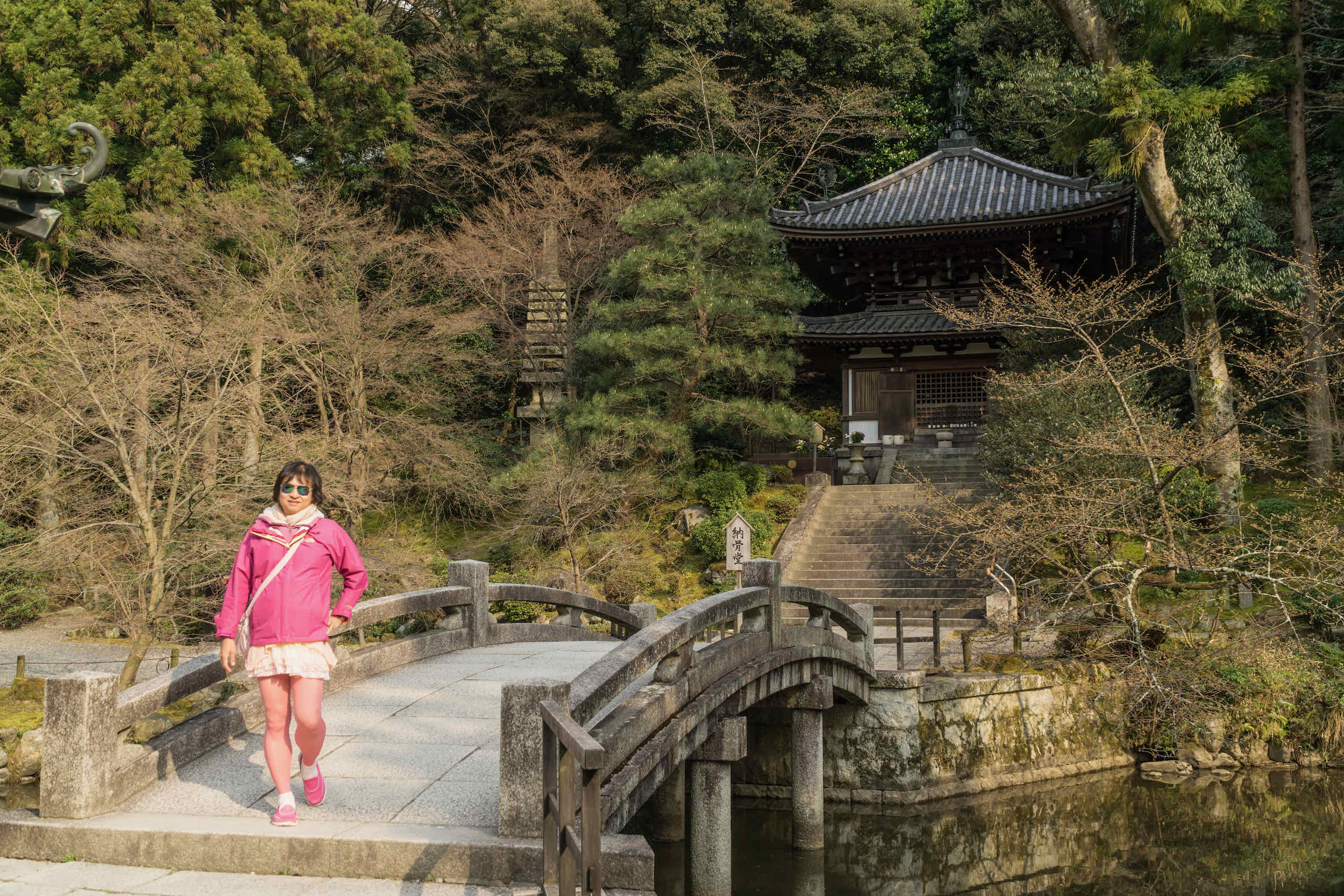
Chion-in is a Pure Land Buddhism temple consisting of a colossal main gate (Sanmon), a huge temple building and Japan’s largest temple bell.
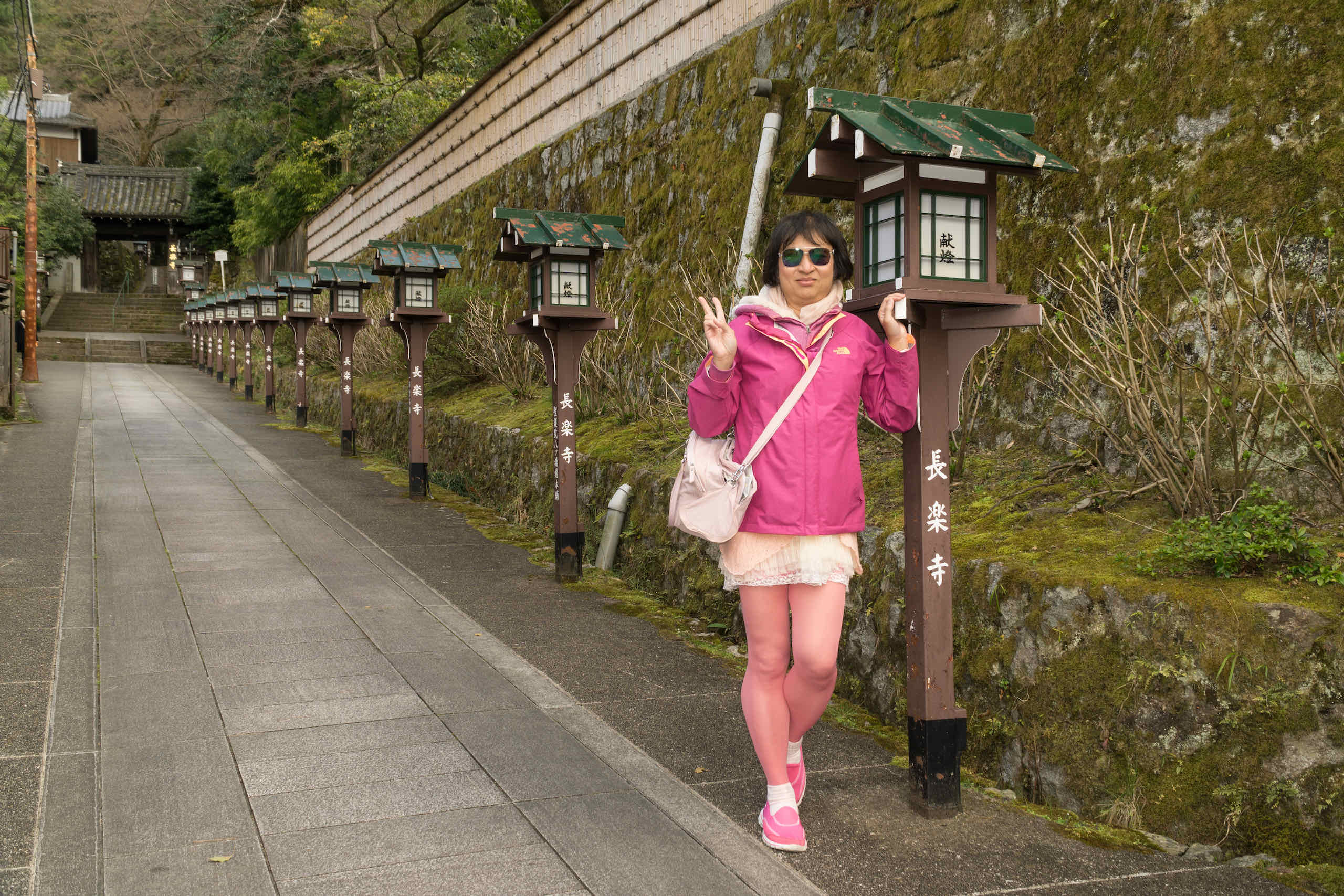
Otani Sobyo Mausoleum is the grave of Shinran, the founder of the Shinshu sect Otani school (Higashi Hongan-ji Temple).
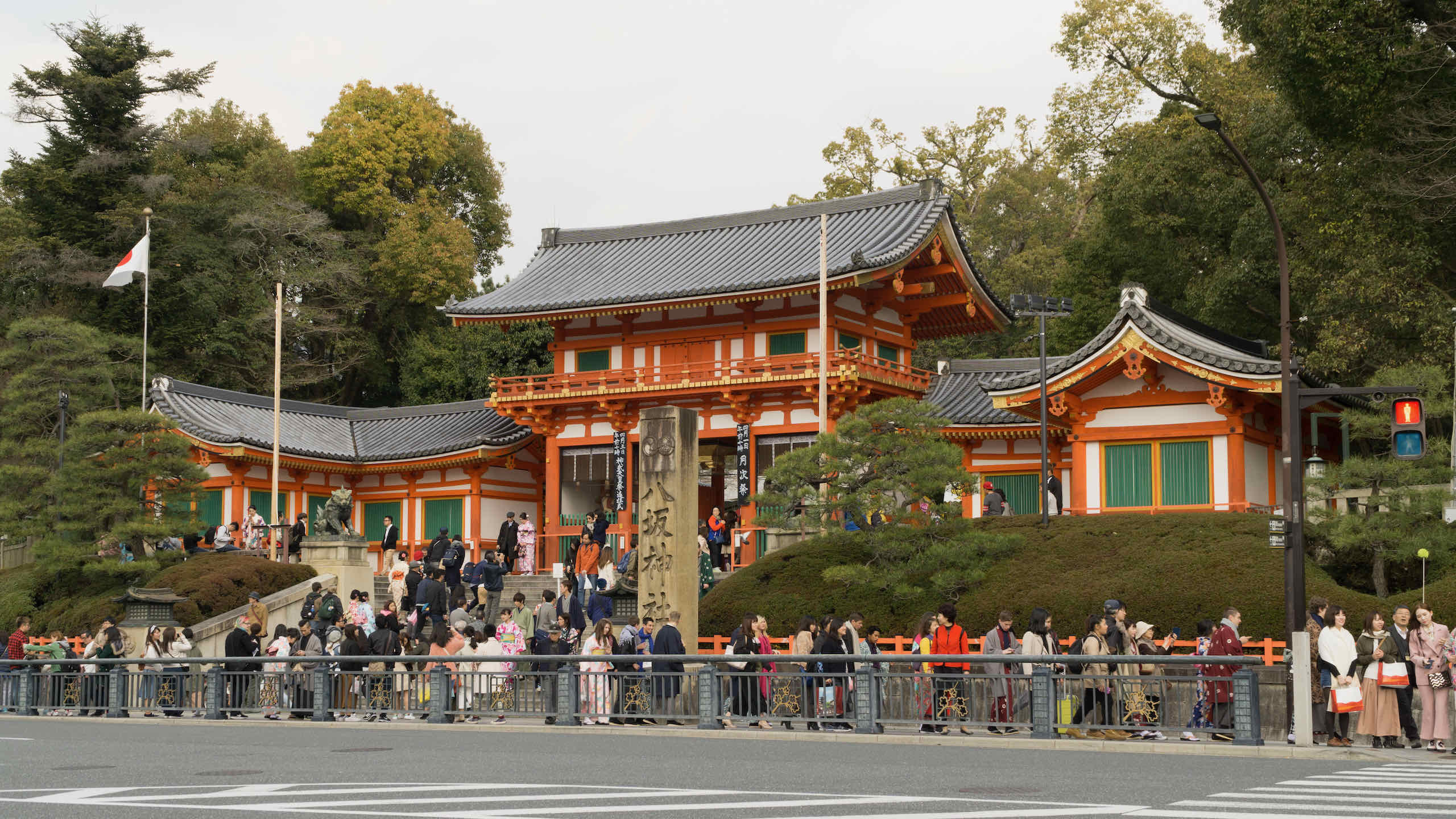
Yasaka Shrine (八坂神社), once called Gion Shrine (祇園神社), is a Shinto shrine in the Gion District of Kyoto, with bright red gates.
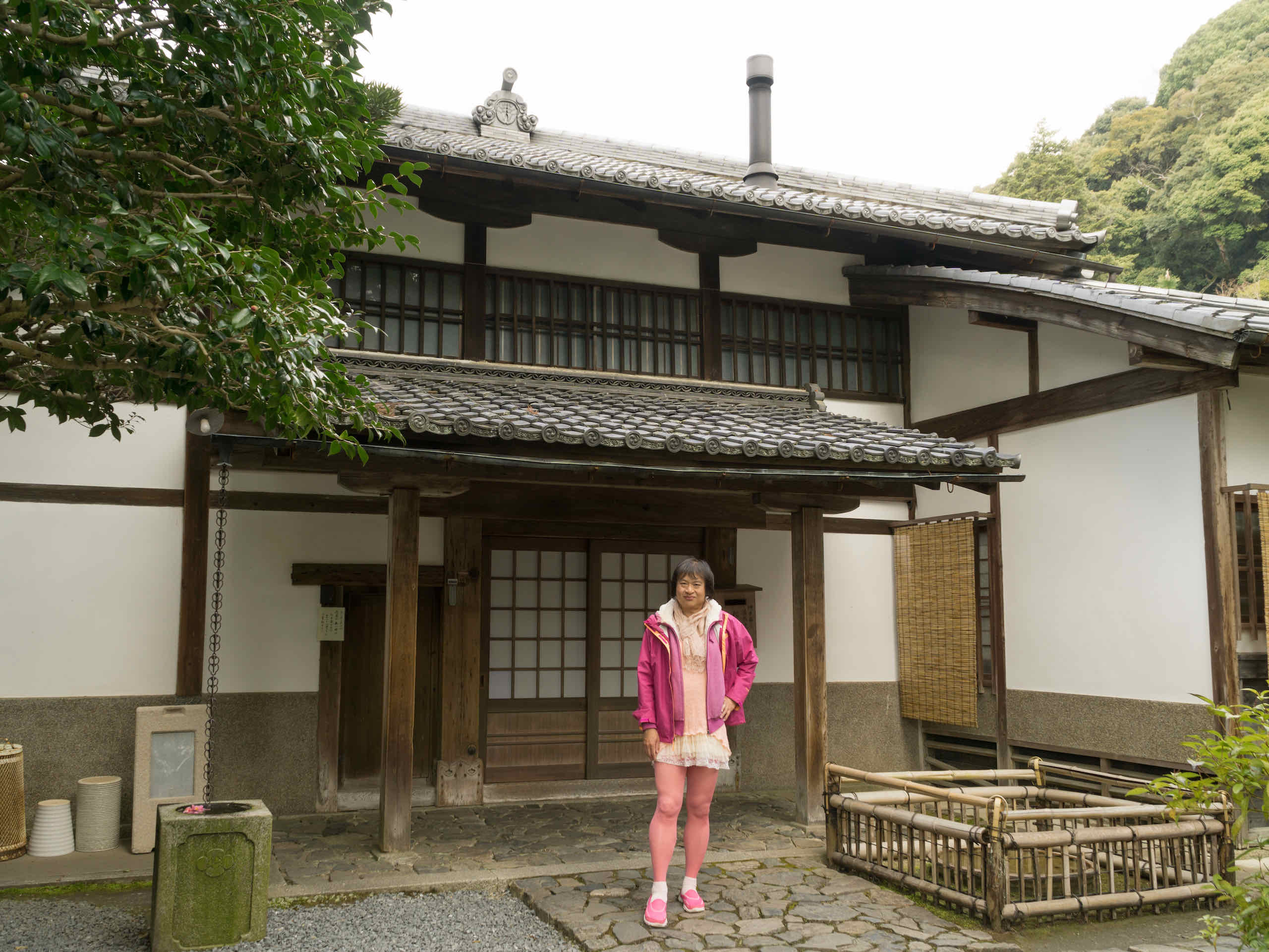
Honen-in ((法然院)) is a nice quiet reflective temple on Kyoto's Philosopher's Path. There is an amazing statue of Buddha here.
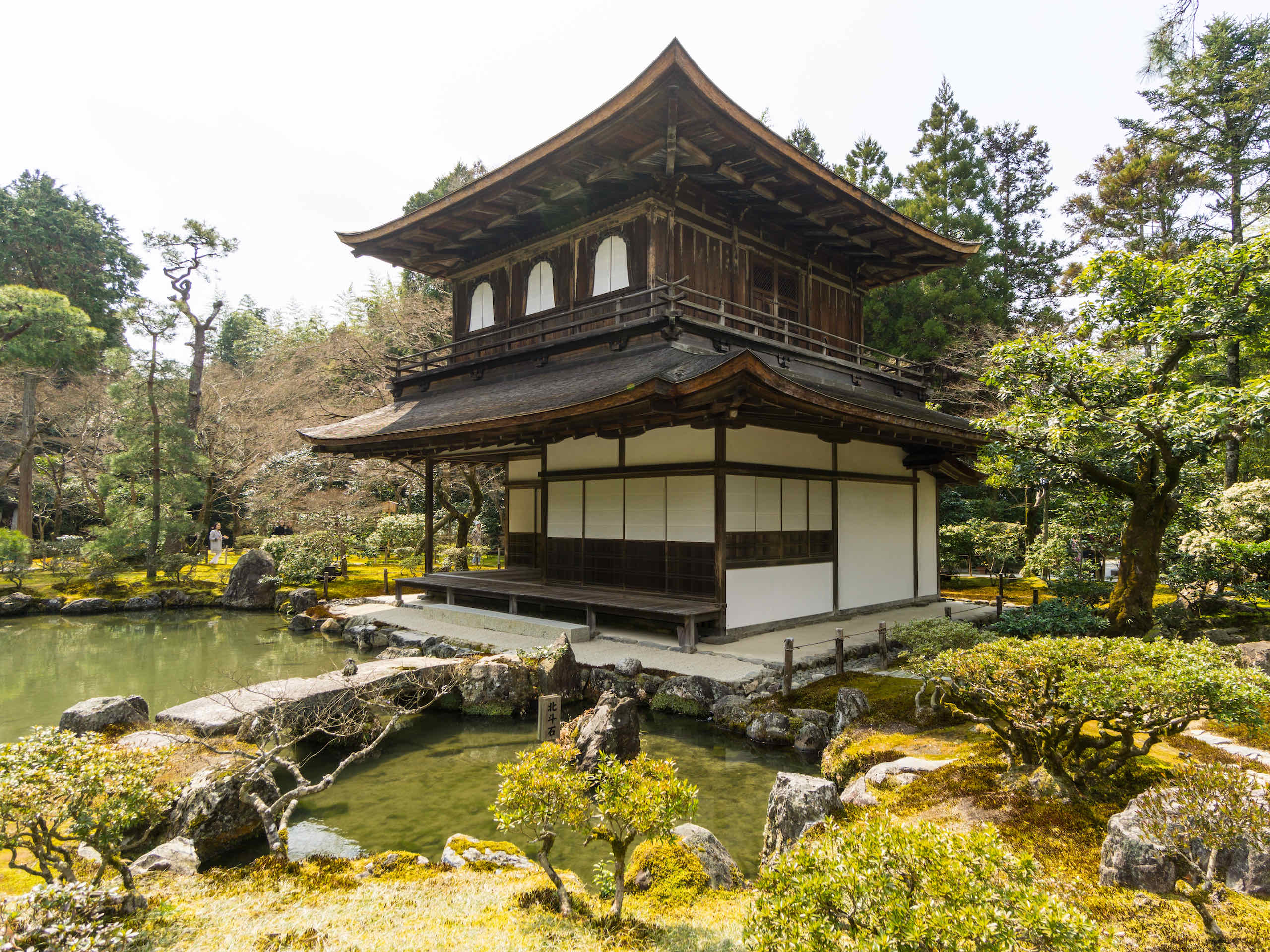
Ginkaku-ji (銀閣寺), or Temple of the Silver Pavilion, is officially named Jishō-ji (慈照寺) and built for a Shogun who became a Buddhist monk.
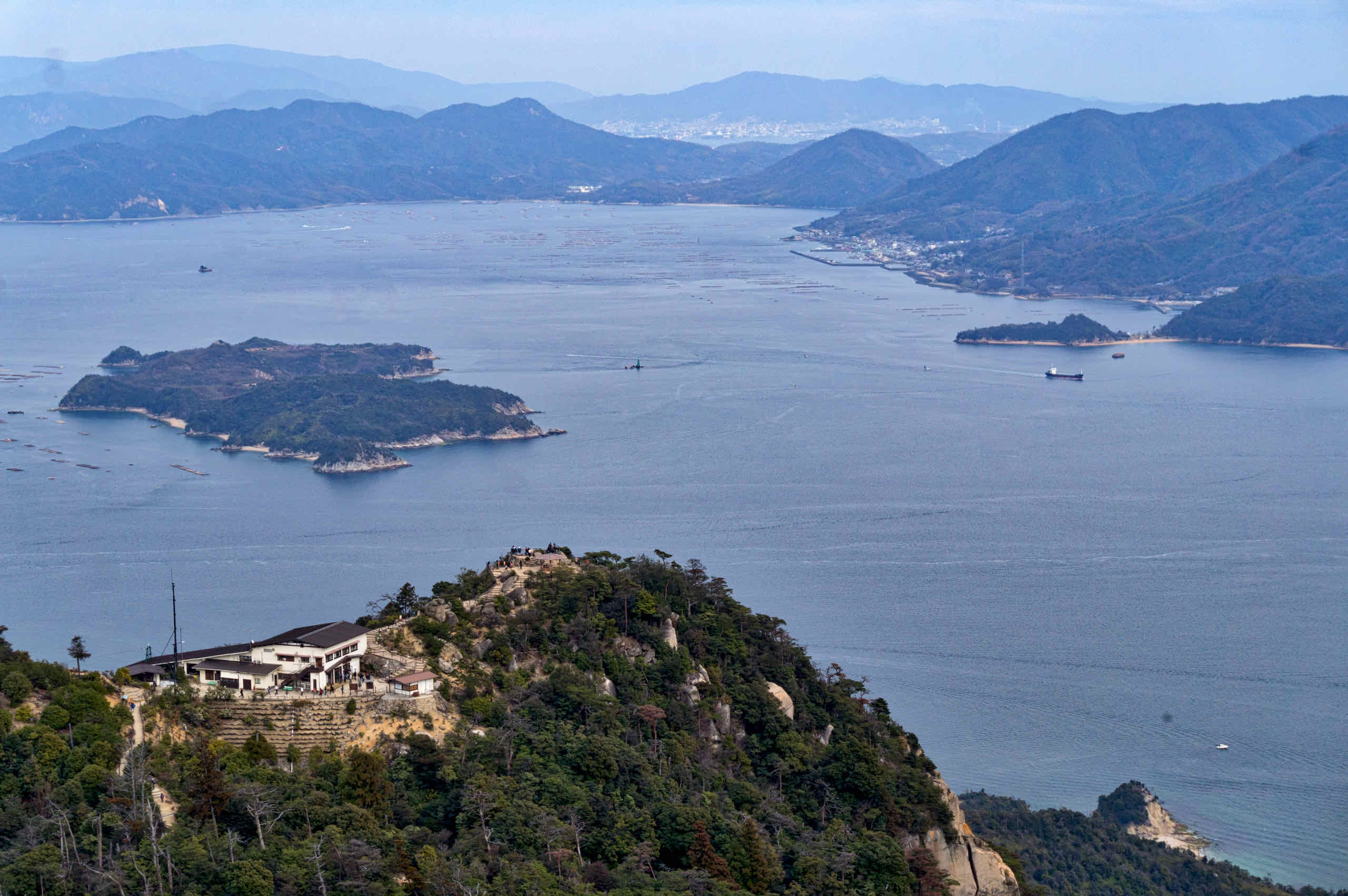
The peak of Mount Misen, at 535m, is the highest point on Miyajima Island. We got there via Miyajima Ropeway.
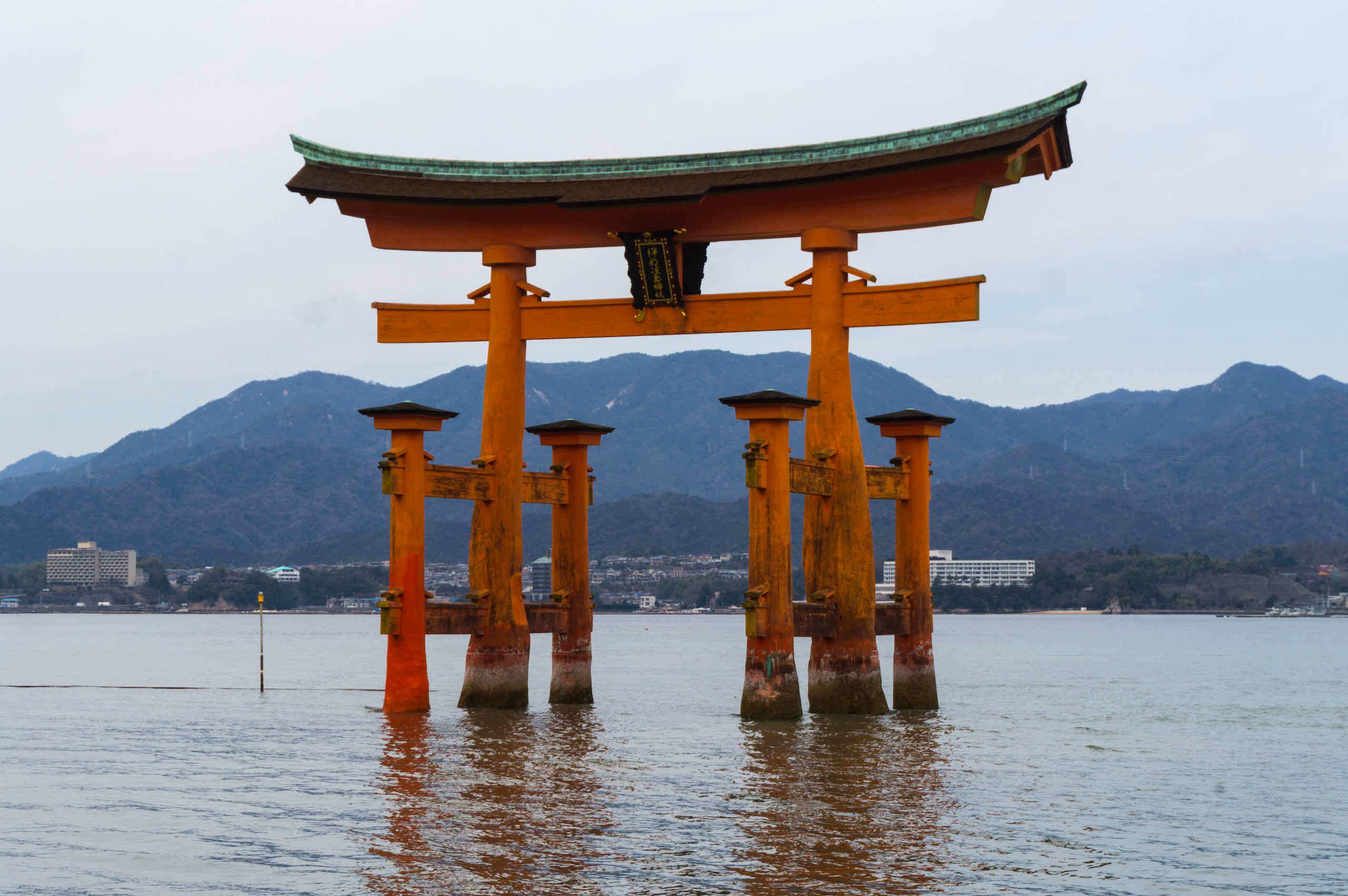
Today we visited Miyajima (Shrine Island), an island famous for the O-Torii gate seemingly surrounded by water.
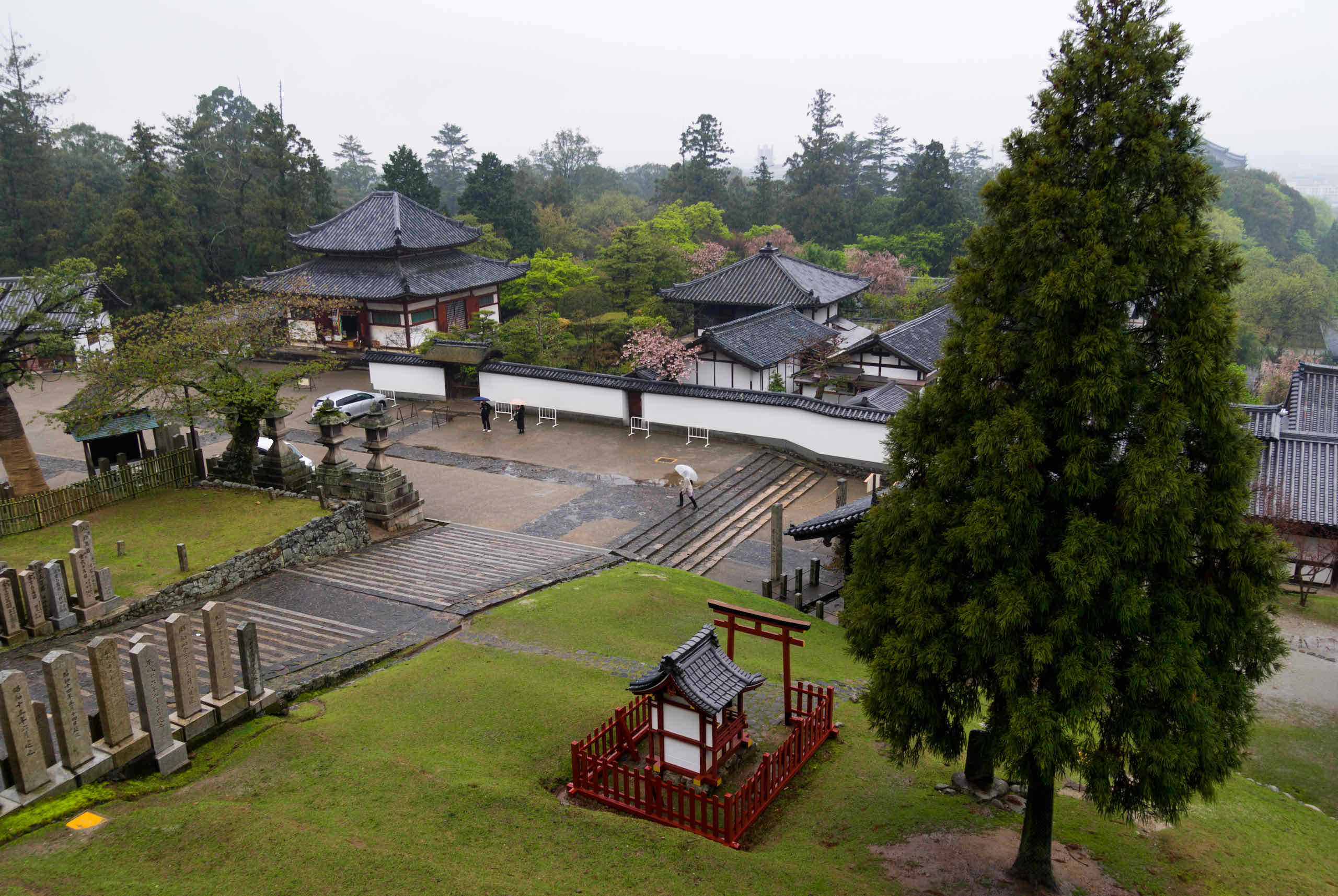
We explored other buildings in Toudaiji temple complex, including the Great Bell precinct and the halls named after festival months.
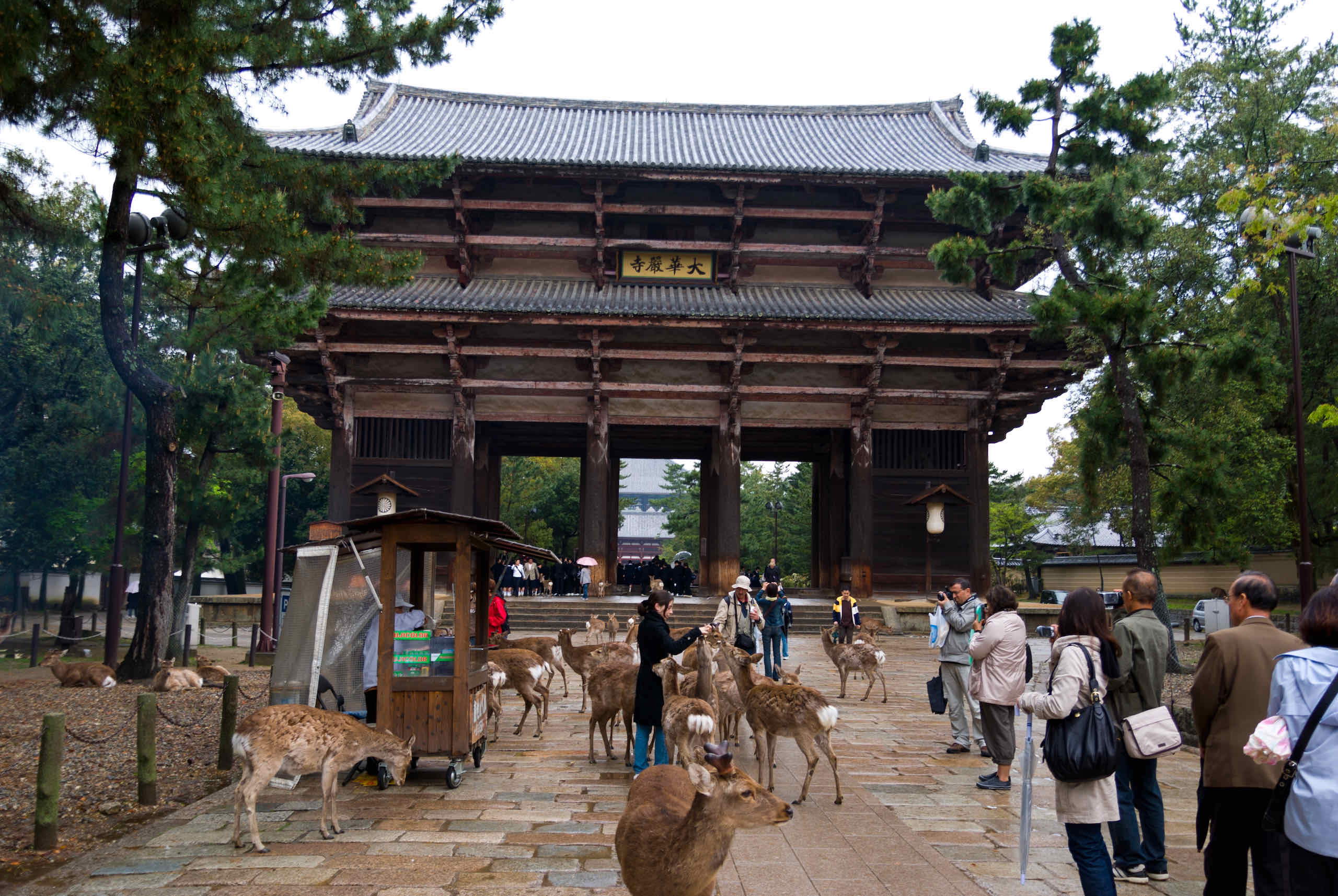
Toudaiji is one of the Seven Great Temples in Nara and part of the World Heritage Site. We entered it via the Nandaimon (Great South Gate).
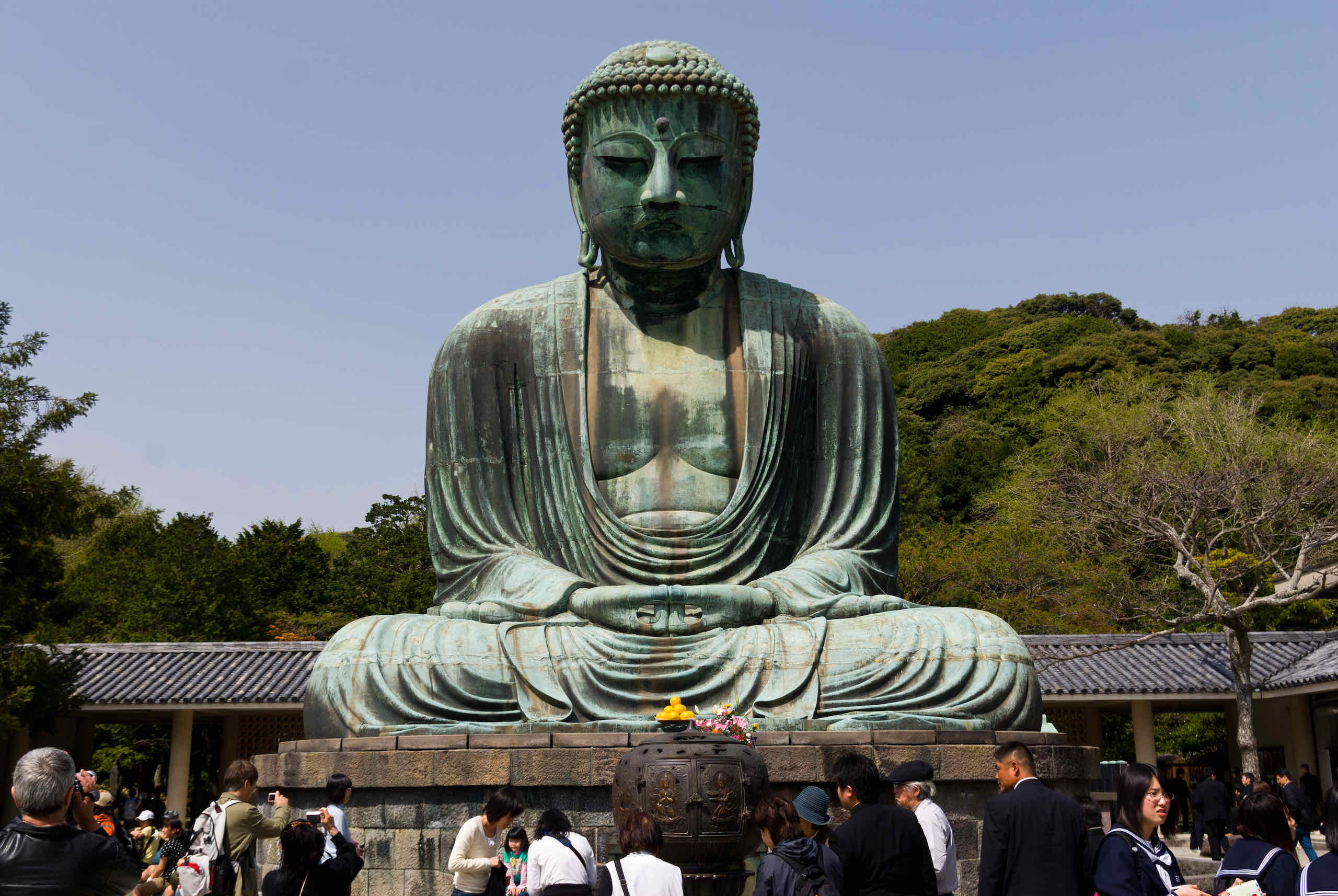
Kotokuin is a Buddhist temple renowned for The Great Buddha of Kamakura, one of the most famous icons of Japan.
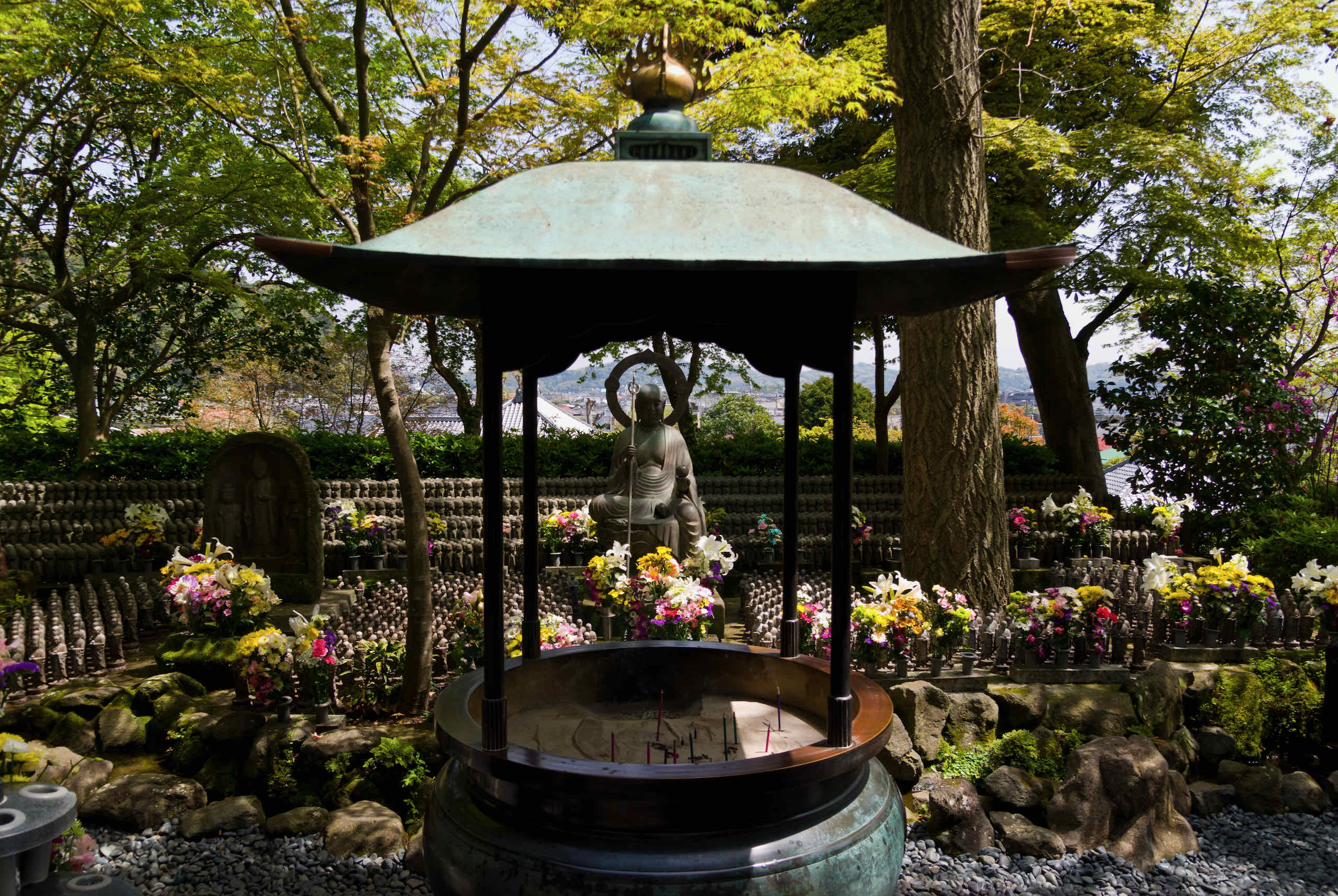
Hasedera, also called the Hase-kannon, is a Buddhist temple in Kamakura famous for its giant wooden statue of Kuan Yin.
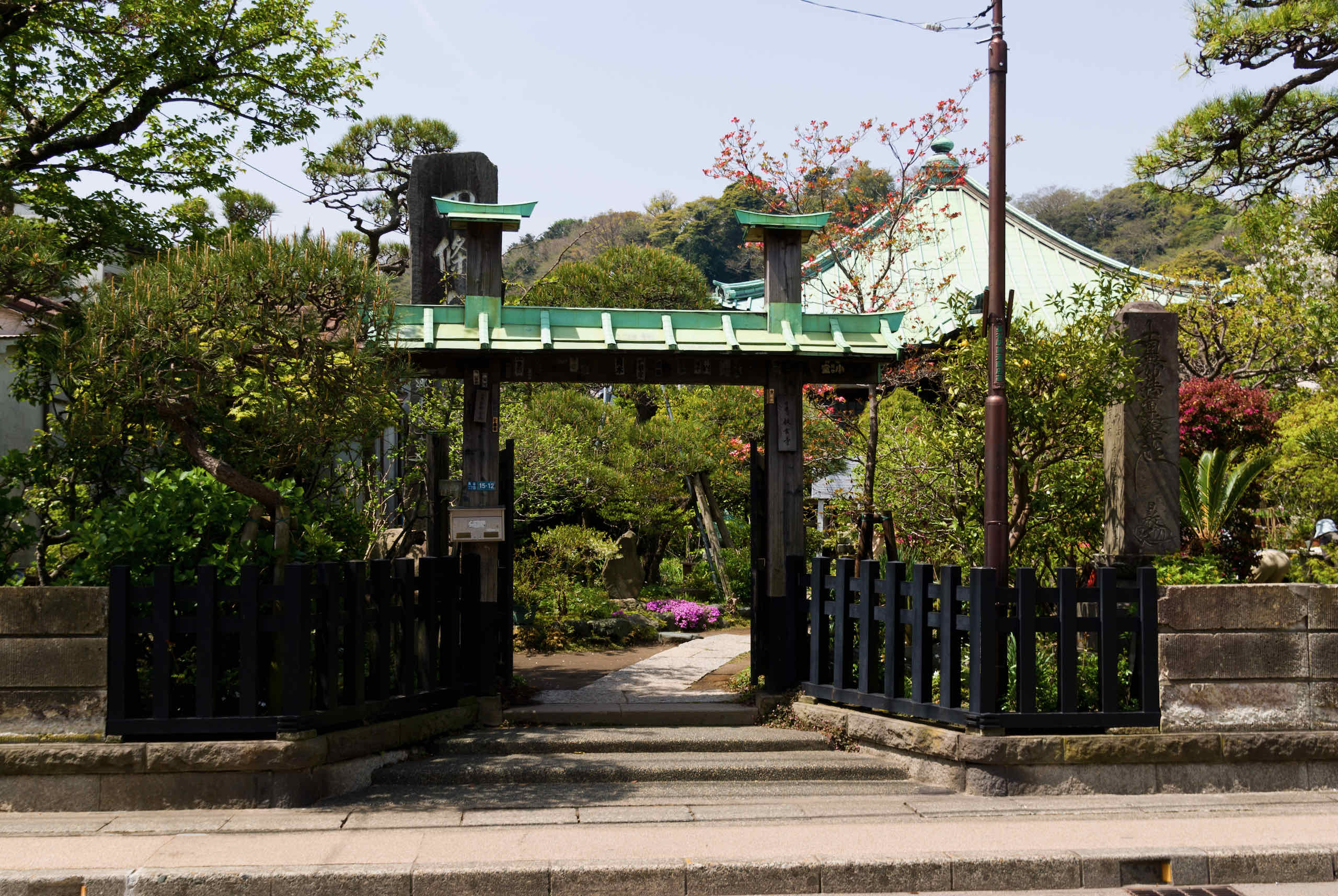
We visited Kamakura, a historical town. We discovered the Syuu Genji temple near the Hase station and some quaint shops.
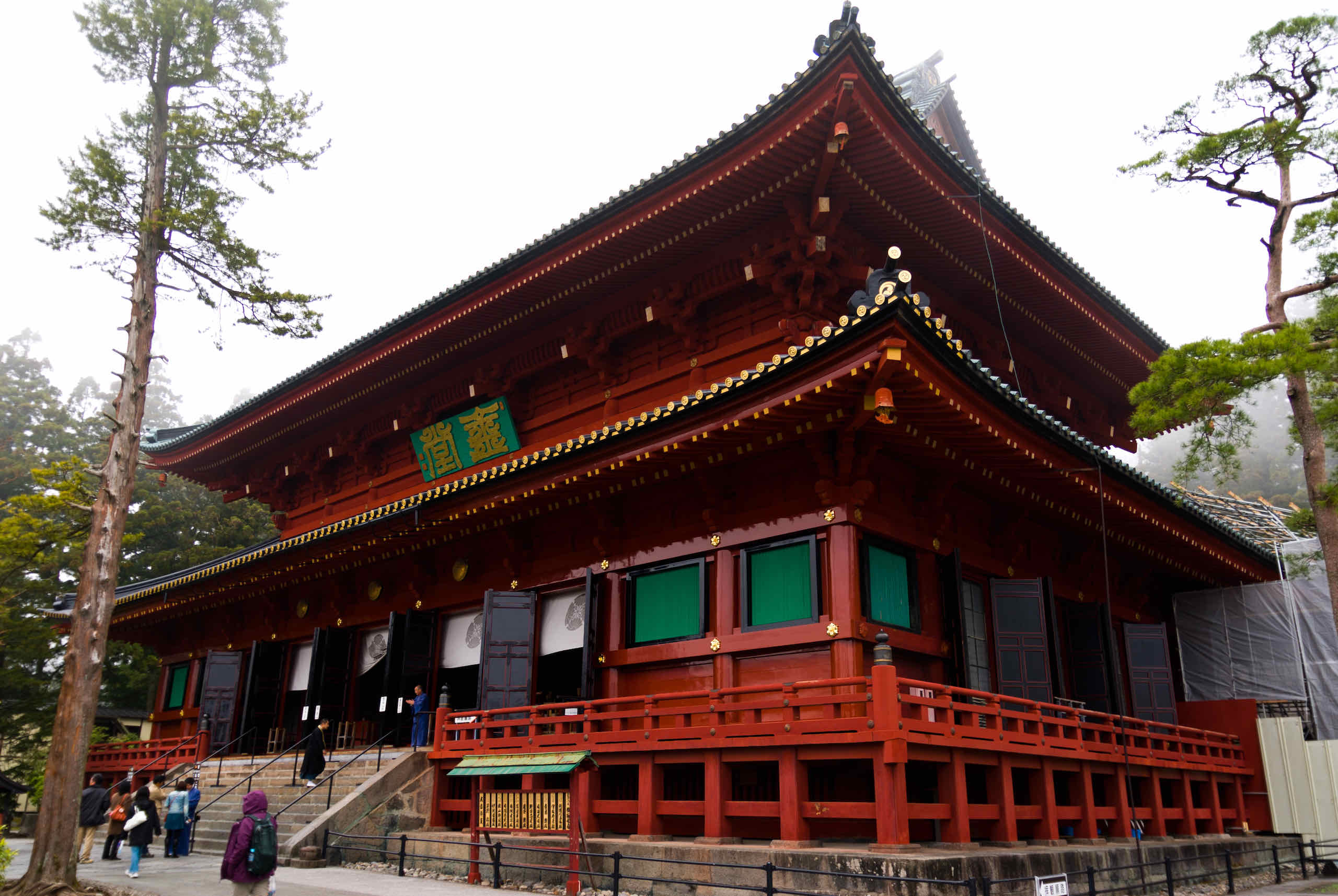
Rinnouji Temple is a Tendai Buddhist temple in the city of Nikko. It is part of the Shrines and Temples of Nikko UNESCO World Heritage Site.

